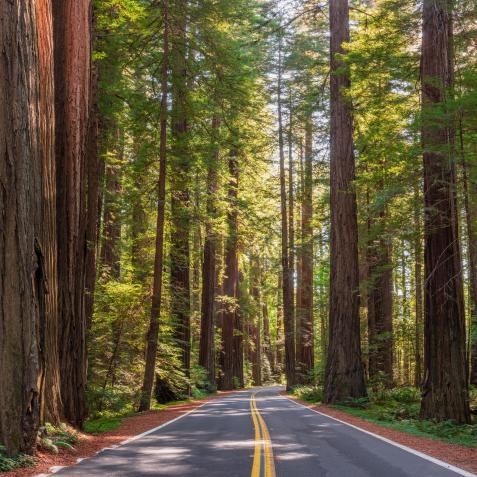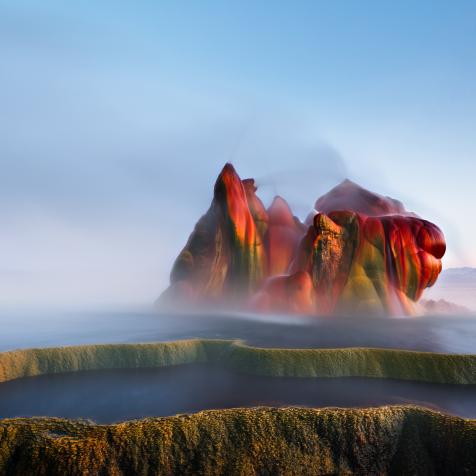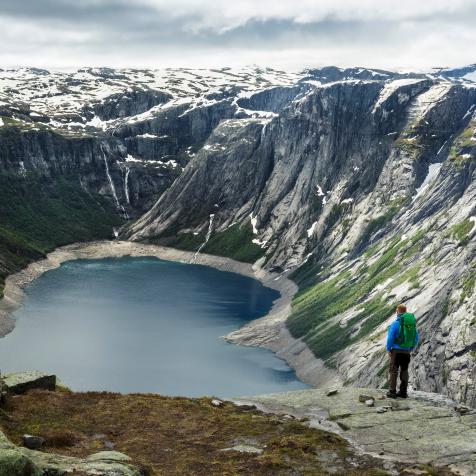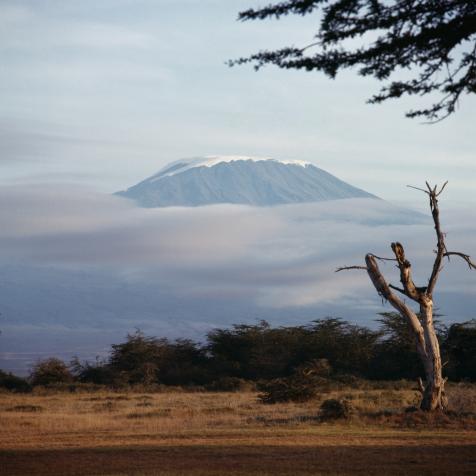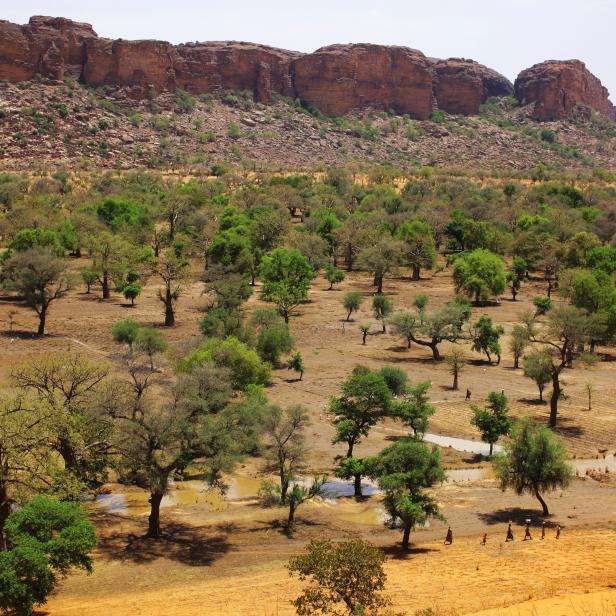
Timothy Allen
An Epic Plan to Build a Giant Green Wall in Africa
King Canute couldn’t stop the ocean's tide from rolling in – can Africa hold back the desert? That’s certainly what the continent is trying to do with its proposed “Great Green Wall”, 8,000km (almost 5,000 miles) worth of trees that officials hope will stop the advancement of the Sahara desert, which has been rapidly expanding southward.
The project aims to plant 100 million hectares, or almost 250 million acres, of trees by 2030 across the entire width of Africa.
The initiative is a decade in, and around 15% completed, and there have already been benefits for many communities and wildlife. It’s bringing life back to the continent’s degraded landscapes at an unprecedented scale, providing not only food security and jobs but a reason to stay for the millions who live along its path.
Efforts will be concentrated along the Sahel, a region in Africa that lies between the Sahara in the north and the more tropical savanna in the south. Burkina Faso, Cameroon, Chad, The Gambia, Guinea Mauritania, Mali, Niger, Nigeria, and Senegal all form the Sahel region, where there are up to 50 million people who still live as nomads, depending on cattle to sustain their livelihoods. It’s one of the poorest places on the planet: a region of famine, conflict, and low job prospects, made even harder by the ongoing drought.
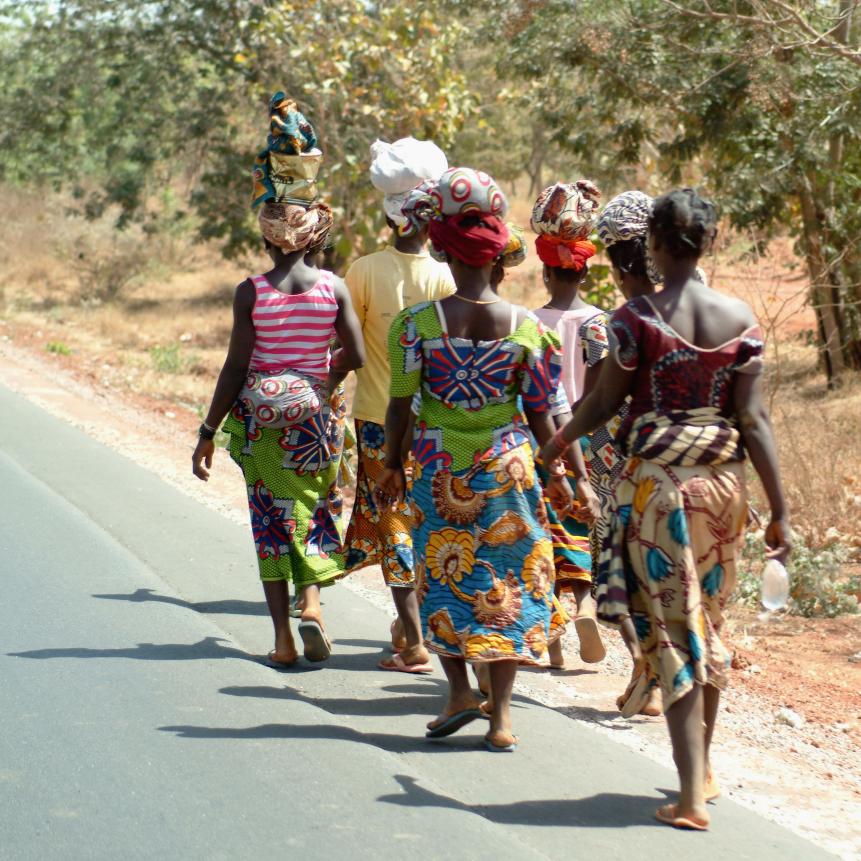
Kypros
Burkina Faso, part of the Sahel region in Africa.
The creators of the wall hope it will bring an urgently needed solution to the threats facing the African continent, creating 10 million jobs in rural areas, as well as sequestering 250 million tons of carbon.
The initiative is Africa-driven, which for those on the continent, is vital, and may hold the key to success. “The Great Green Wall…is about ownership, and that has been the failure of development aid because people were never identified with it,” said Elvis Paul Tangam, African Union Commissioner for the Sahara and Sahel Great Green Wall Initiative. “But this time they identify. This is our thing.”
The idea was sparked in the 1970s when the once-fertile region turned barren thanks to climate change and intensive land use. But it’s not a new idea; China has its own desert vegetation project to hold back the Gobi Desert.
At a science conference held in December, experts estimated that the wall could have far-reaching implications on weather patterns. Climate models presented at the American Geophysical Union’s autumn conference projected that the finished wall could quadruple rainfall in the Sahel and lower average summer temperatures over most of northern Africa and into the Mediterranean. However, the hottest sections of the desert may become even hotter, increasing by up to 2.7F (1.5C).
The wall may seem like a moonshot, but all the best ideas usually are. As Thomas Sankara, former president of Burkina Faso said in 1985, "You cannot carry out fundamental change without a certain degree of madness...The courage to turn your back on the old formulas, the courage to invent the future."









